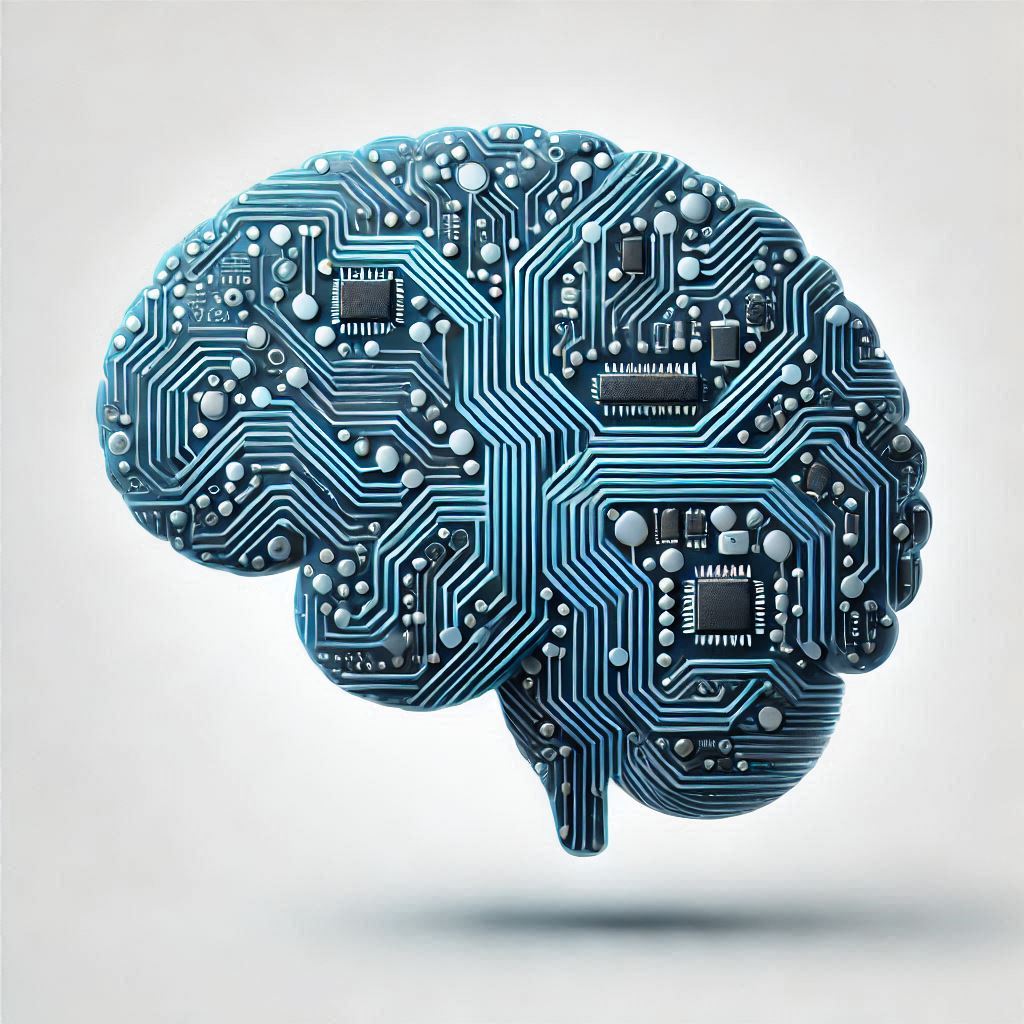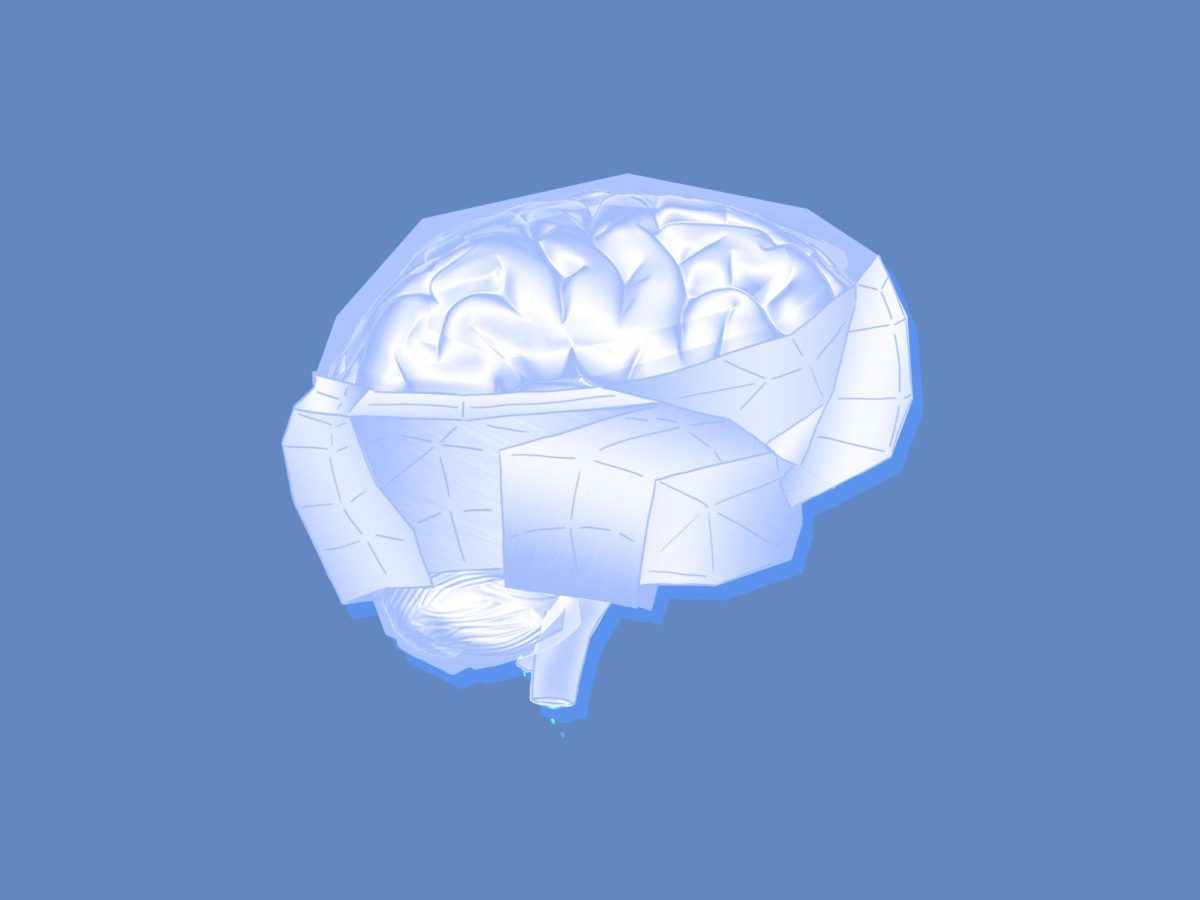The microwave brain chip is a silicon microchip discovered by Cornell University scientists. It is capable of processing both ultra-fast data and wireless communication signals simultaneously. Scientific journal Nature Electronics said that the chip bypasses many of the typical obstacles faced by conventional digital processors.
The microwave brain chip is a step up from digital processors. While digital processors follow binary step-by-step instructions that are in sync with a timed clock involving binary logic bits, the microwave brain chip uses analog and nonlinear behavior that processes multi-gigabit speed per second data to search for bit sequences.
It’s less of following a rigid set of rules like a calculator, and more of a system that uses the inherent physics of microwaves to manipulate and process information.
The chip’s design is similar to a microwave neural network because it is modeled on the human brain’s ability to recognize patterns and learn from data. It does this by pushing information through adjustable microwave waveguides that can be thought of as tiny controllable pathways for microwave signals.
This allows the chip to create and recognize patterns in real time. The chip’s speed is as fast as tens of gigahertz, which is faster than most digital chips, and it only consumes less than 200 milliwatts of power. This indicates that the chip can perform high-speed computations with less power and size, according to a Cornell news release.
In tests on wireless signal classification tasks, the microwave brain chip achieved an accuracy of at least 88% — like traditional digital neural networks — but it does not require the overhead of digital processors.
Conventional digital systems would need additional circuitry, power and error correction to maintain accuracy when tasks become more complicated. However, the microwave brain chip maintains high accuracy on both simple and complex computations without the extra messy circuitry and power consumption. This presents a simplified system flow.
Due to the chip’s extreme sensitivity to inputs and its ability to handle high speed data in the tens of hundreds, it will have many applicable uses in modern systems. Researchers believe that the chip could be used for tasks like radar target tracking, radio signal decoding and digital data processing.
It might also be suitable for hardware security applications, such as detecting anomalies in wireless signals across different microwave frequencies.
The Cornell scientists are hopeful that this technology can be used for ‘edge computing,’ where artificial intelligence models run directly on smart devices like cellphones or smartwatches instead of relying on cloud servers. This could bring forth a future of private, autonomous and responsive smart devices that can limit the latency issues and data security risks of cloud servers. The chip’s challenges include the novelty of the technology which comes with scalability and integration issues, but scientists are optimistic and are continuing to improve the technology. This breakthrough showcases how far scientists have come in designing processors, as well as the potential to integrate safer and faster systems as part of an ever-expanding technology need.
Categories:
Cornell scientists create world’s first ‘microwave brain’ on a chip
August 25, 2025
0
More to Discover








